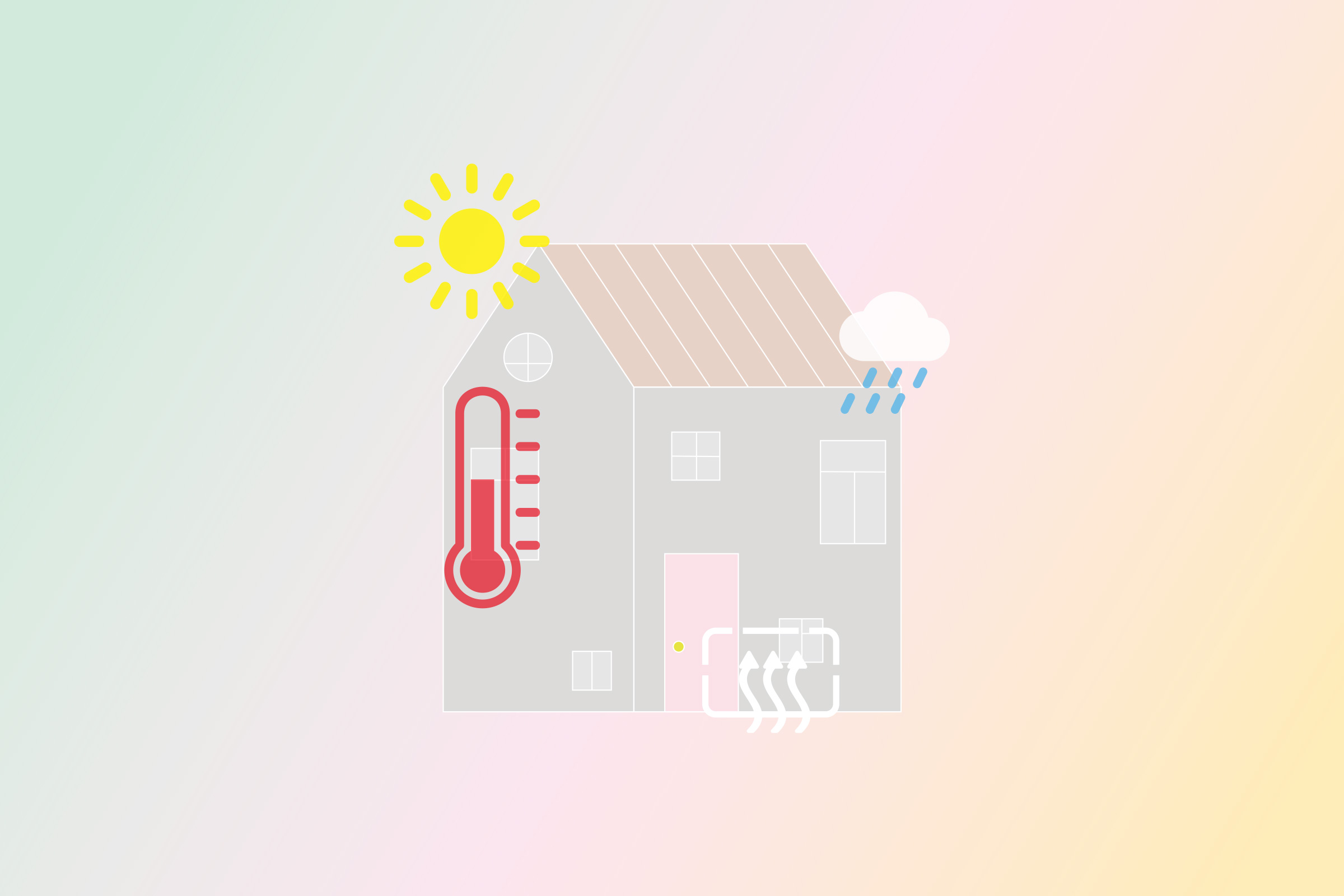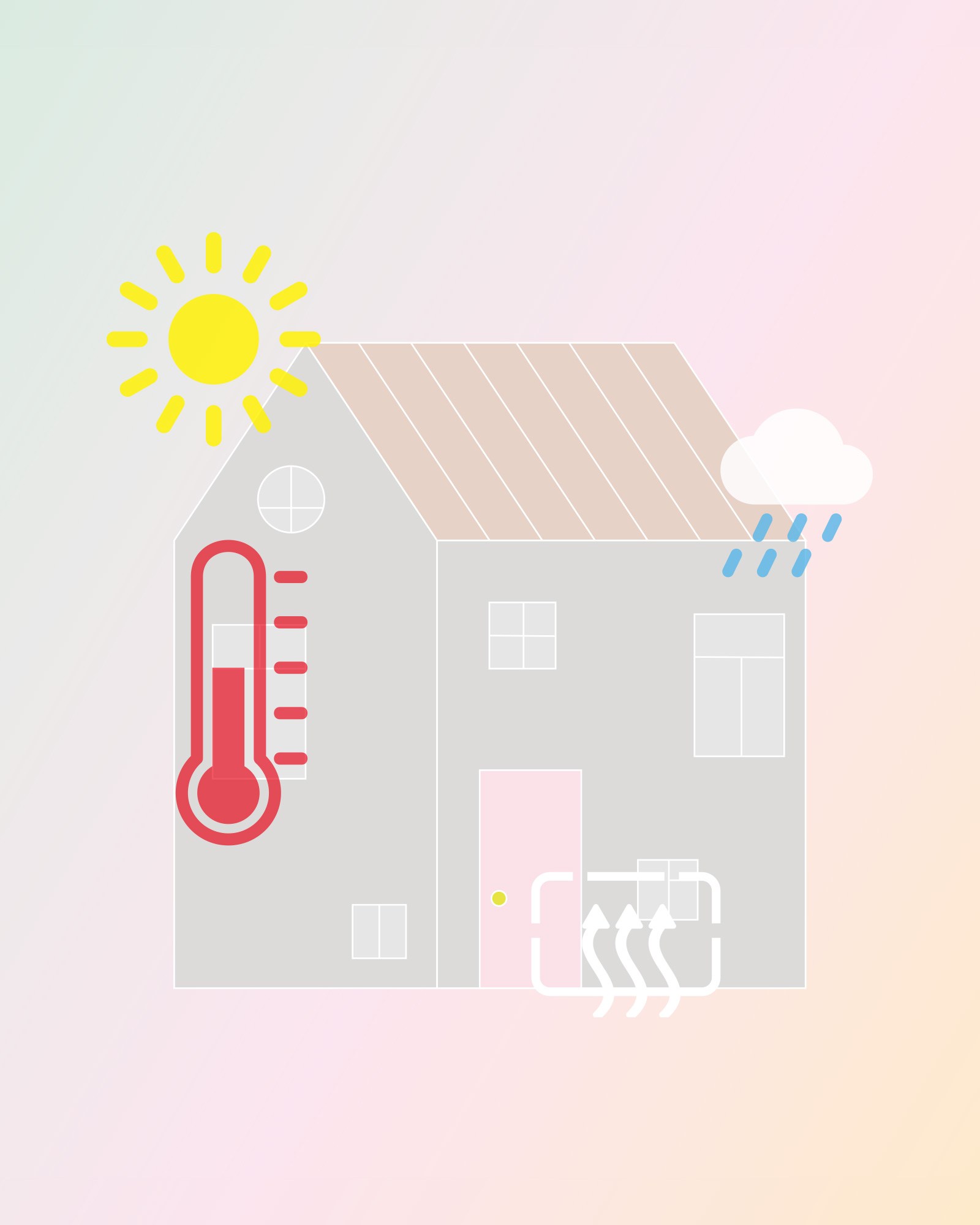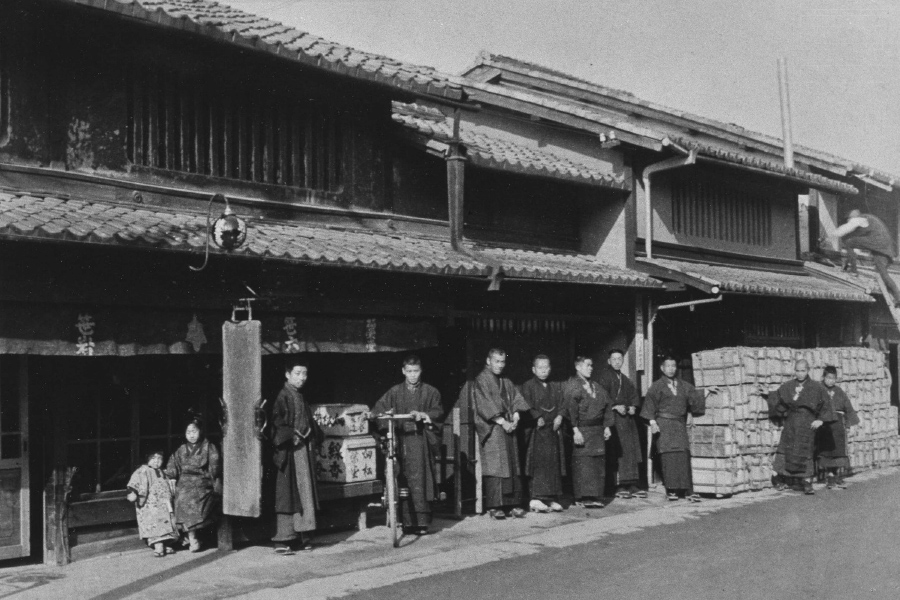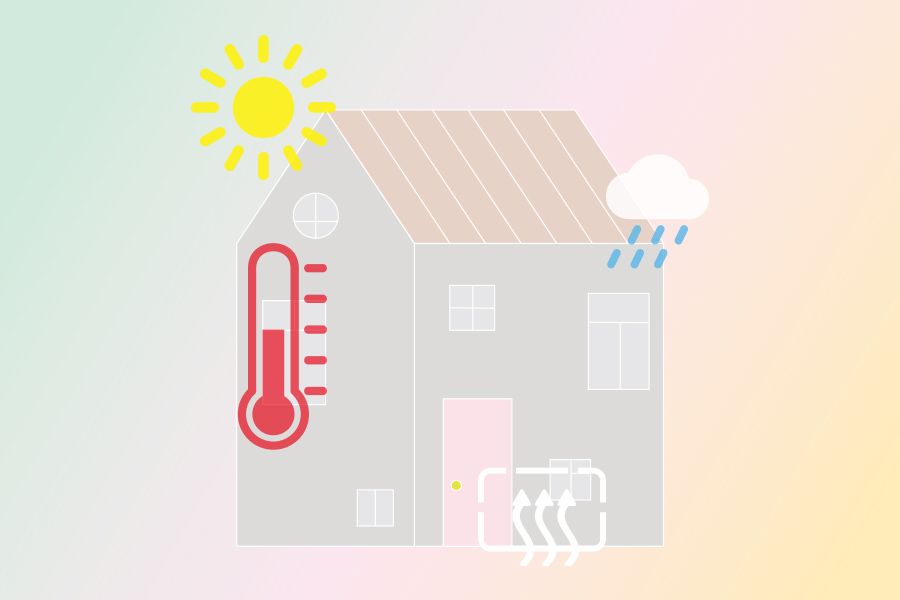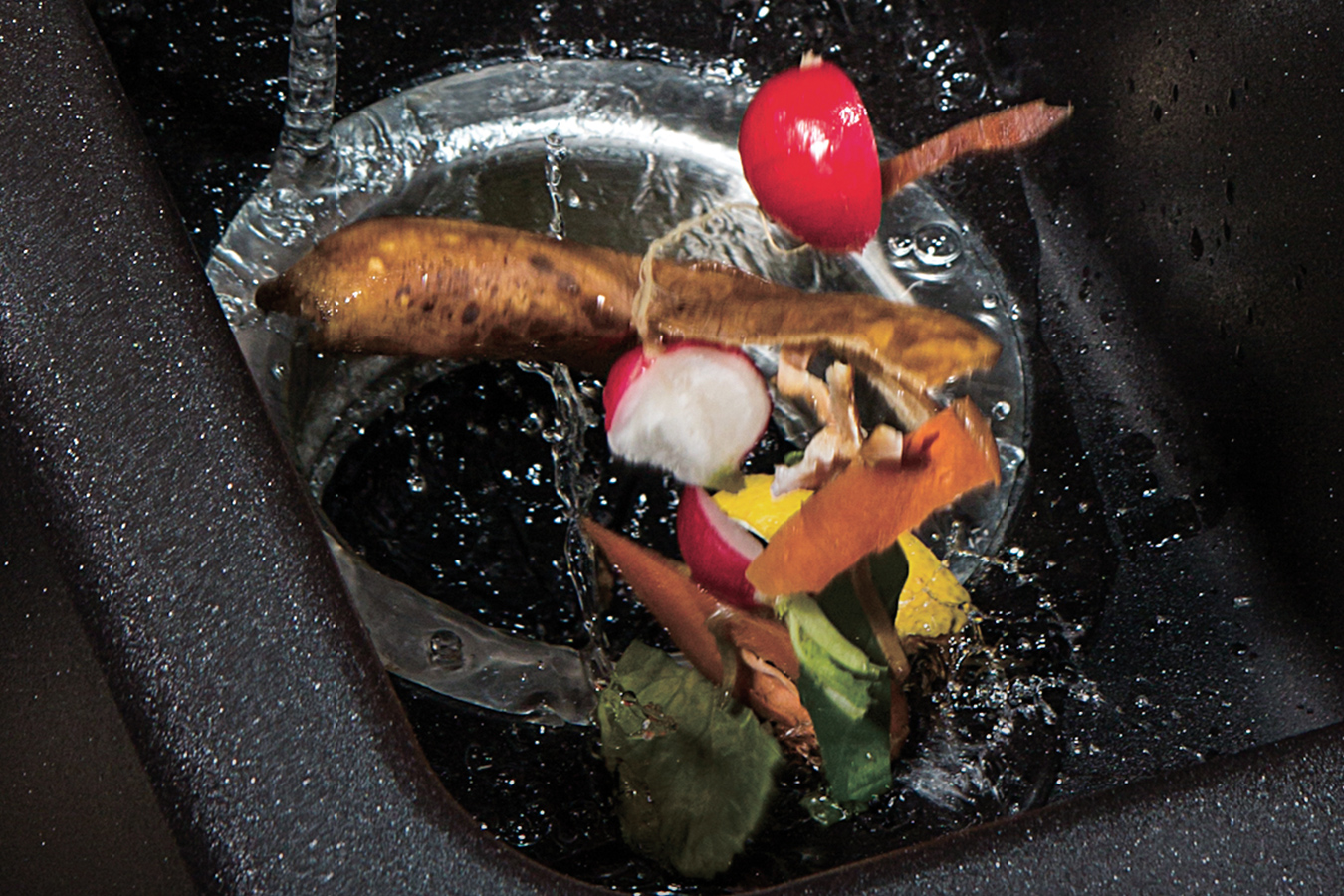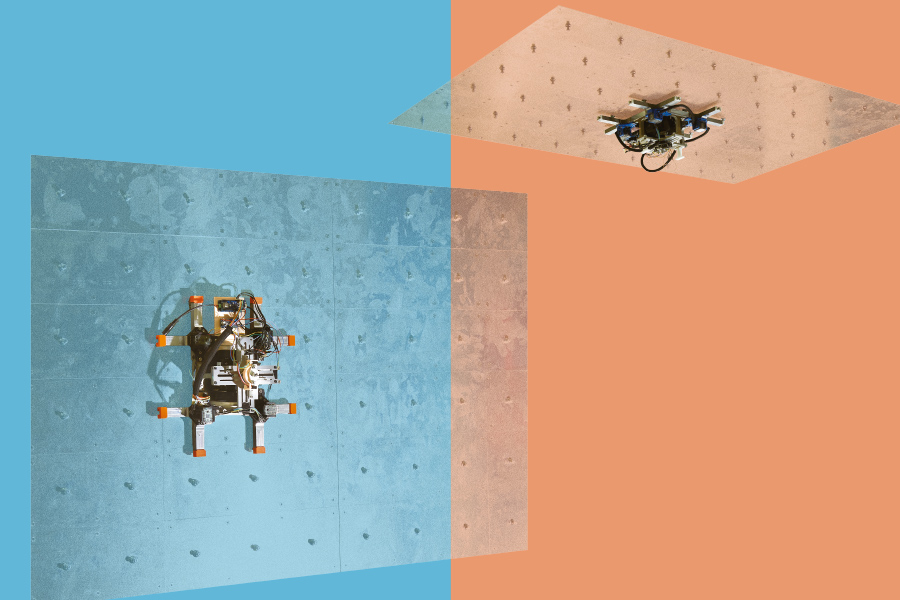STORY #3
Considering Houses That
Let Us Live with Comfort and Health
Myonghyang Lee, Ph.D.
Associate Professor, College of Science and Engineering
Improving the Living Environment
by Adjusting Room
Temperature and Humidity
People have long been devising ways to live comfortably in hot and cold climates. From improving ventilation, insulation, and airtightness, to using fans, kotatsu (a low table with a heater and comforters), and air conditioners, coping methods have been diverse. “With the increase in environmental consciousness in recent years, the emphasis has been not only on comfort and health but also on energy conservation,” explains Myonghyang Lee, who evaluates and measures residential performance from a variety of perspectives and visualizes the level of comfort and health effects of living environments. One such study has verified the effectiveness of insulation retrofitting in single-family houses.
“With strict energy conservation standards mandated by the revised laws concerning housing, newly constructed houses have become more insulated and airtight in recent years. However, retrofitting has not been as widely implemented in existing houses as one might expect, partially owing to the lack of clarity on its cost-effectiveness,” Lee explains. Therefore, she measured the room temperatures of houses that had and had not been retrofitted with insulation and compared and verified their insulation performance.
The two houses used in the study were constructed around the same time and their initial insulation performance was equal. They are located at approximately 10-minute walking distance from each other. Thus, their weather conditions can be considered nearly identical as well. One of the houses had undergone renovation and had insulation added to the ceilings, exterior walls, and floors. It also had inner windows installed. “In the nearly one-year-long survey comparing the temperature distribution inside the houses, the lowest recorded temperature in the renovated house was in the bathroom, at 12.5°C, while the lowest temperature in the non-retrofitted house was in the entrance hall, at 10.2°C, a difference of more than 2°C. The floor’s surface temperature in the renovated house was always 2 to 3°C higher than that in the non-retrofitted house. These results clearly indicate that retrofitting with insulation improves indoor heat retention,” says Lee. The changes in heating load per unit area of the living room during the winter also attested to the improvement in energy efficiency due to thermal insulation modifications.
While the effectiveness of insulation performance could be proven, cost-effectiveness is an important consideration when deciding to actually retrofit. Therefore, Lee has also examined the order of priority when it comes to retrofitting. “When I examined the effect of insulation retrofits on the reduction of heating and cooling loads for each area, such as ceilings, exterior walls, floors, and windows, using numerical simulations, I found that the frequency of ventilation came first, followed by windows and exterior walls,” explains Lee. In other words, if a partial renovation is to be carried out, it would be most efficient to prioritize improvements in the following order: the airtightness of rooms, windows, and exterior walls. “The potential demand for the renovation of existing houses is high; so, it is hoped that such visualization of effects will help encourage renovation,” says Lee.

Lee is also looking into the use of air conditioning. “The penetration rate of ACs in houses now exceeds 90%. However, since most houses are individually air-conditioned with ACs installed in each room, temperature differences tend to exist between rooms. In particular, ACs are rarely installed where people wear less clothing, such as in the restrooms and dressing rooms, which could cause a heat shock in winter.” To prevent this, a centralized air conditioning system has been proposed. This system is said to be highly effective in reducing temperature differences between rooms, especially in houses with high insulation performance. However, there is a cost barrier to installing centralized air conditioning systems. Therefore, Lee has devised an air circulation system that uses existing ACs in houses and ventilation fans to efficiently manage the condition of the air throughout the house without costing too much.
“Using an existing house, we studied the circulation route of air in a house. The system uses ventilation fans through the attic space with heat storage materials installed to circulate air between the rooms with and without AC units. The attic space serves to cool the living rooms in summer through ventilation of the cool night air and dissipate stored solar heat to the living rooms in winter,” she says. The numerical simulations have revealed that the system is effective in reducing the AC heating and cooling load since the system is designed to take in cooled outdoor air during the summer nights via the attic space and circulate it, while effectively taking in and circulating solar-generated heat during winter to the non-air-conditioned rooms, which mitigates the temperature difference between the rooms.

As a factor affecting indoor comfort and health, along with temperature, Lee places importance on controlling the humidity of the environment. Thus, she proposes a method to control humidity by combining the home air conditioning system with insulating material capable of adjusting humidity. “Modern-day housing is often constructed using a dry construction method which makes use of panels such as plasterboards; as such, temperature and humidity tend to fluctuate more easily than in houses designed using a wet construction method with mud walls that have humidity-retaining capabilities,” Lee says. The focus is on insulating materials made from cellulose fiber, which is highly moisture absorbent. “A proof-of-concept experiment was carried out in a house using cellulose fiber insulation. The combination of a centralized air conditioning system and a dehumidifying system powered by natural energy, as in an air flow layer inside the wall, has proven to be effective in regulating indoor humidity,” she says.
She plans to examine the ideal locations for such moisture-conditioning materials to be installed to achieve the desired effects and explore the most cost-effective method for its installation. “I would like to elucidate the mechanisms of comfort and health for each individual in a given living space and pursue the ideal comfortable living space for everyone.” It is hoped that Lee’s research will lead to more options for improving the living performance of not only newly-built houses but also of houses already lived in.
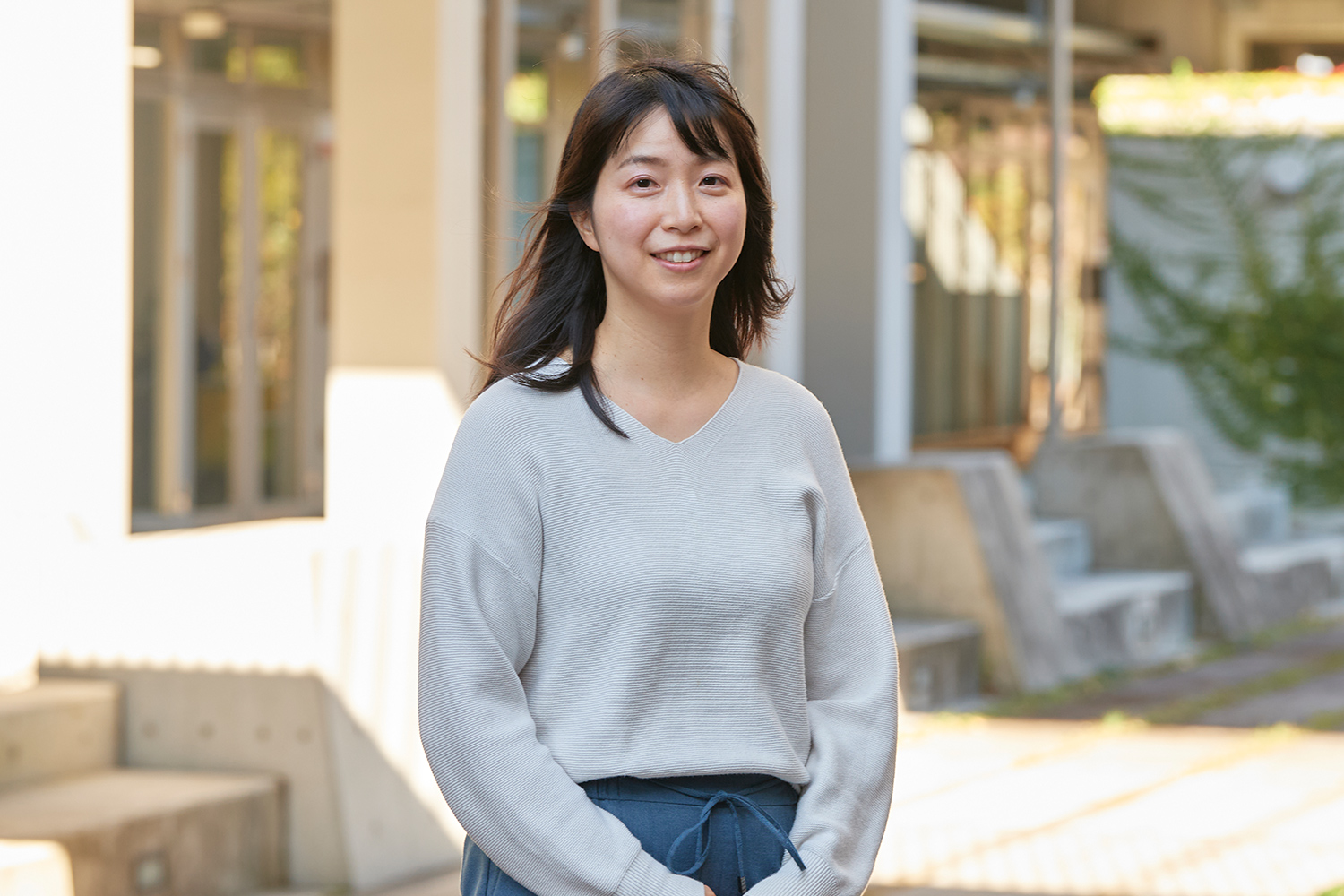
- Myonghyang Lee, Ph.D.
- Associate Professor, College of Science and Engineering
- Specialties: Architectural environment and building equipment
- Research Themes: Energy saving of buildings using natural energy; Comfort assessment of living environments; Accommodation performance evaluation considering building systems and systems of the human body
